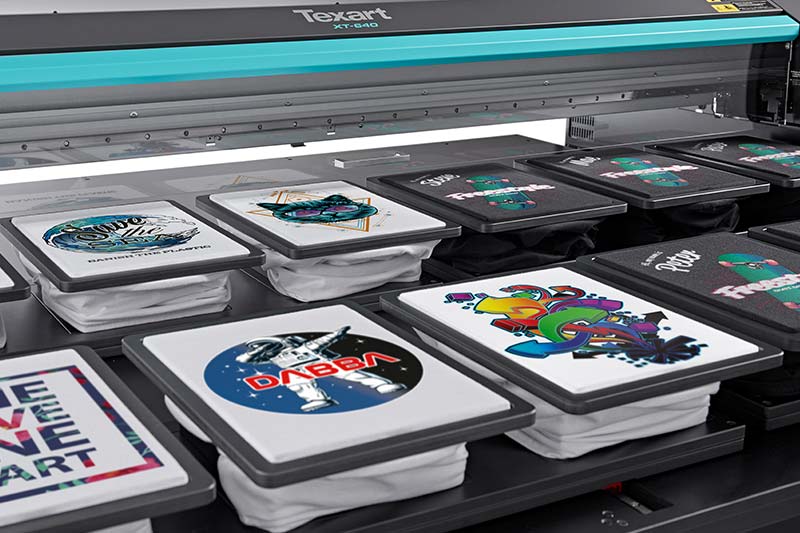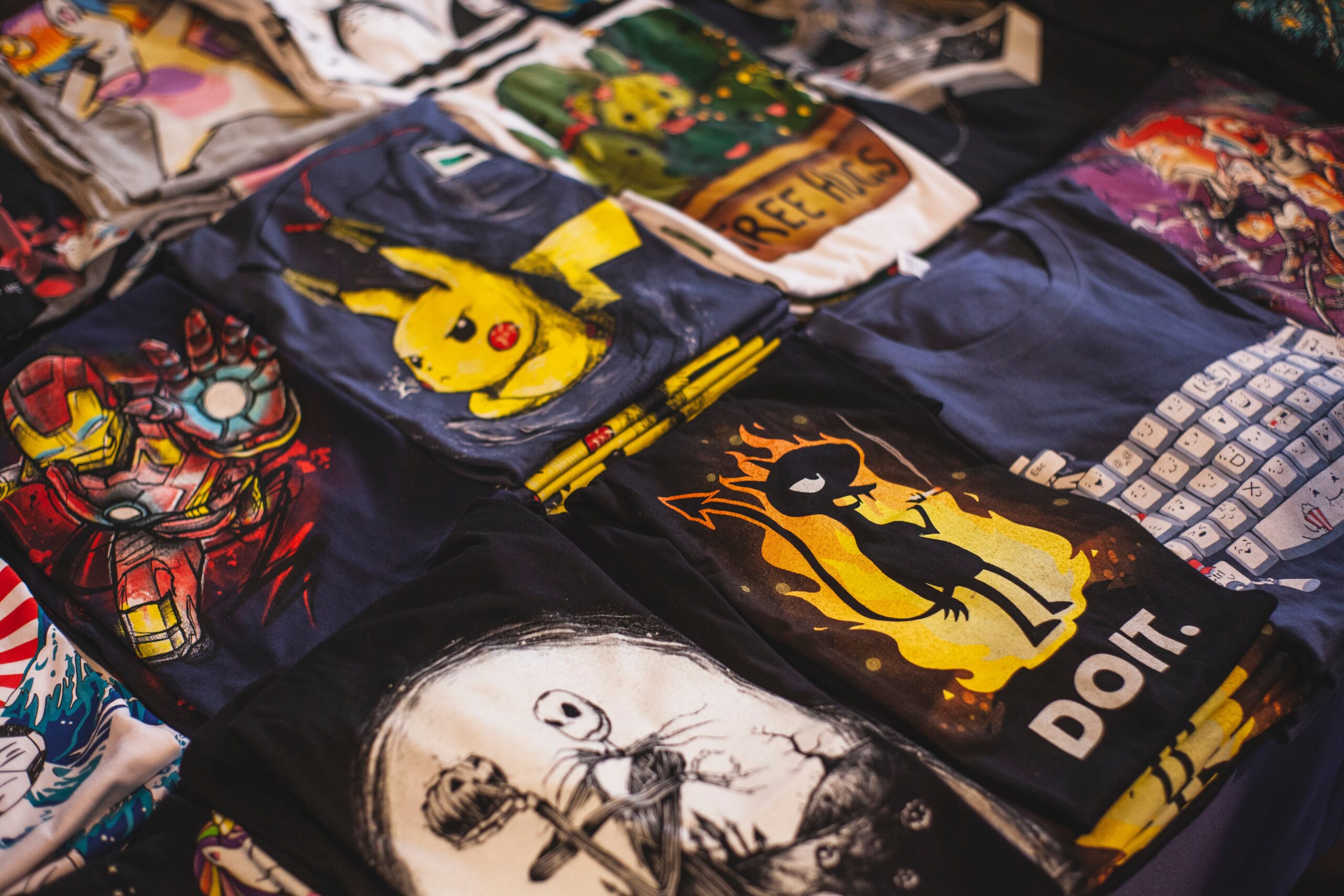
What is Direct-to-Garment Printing and How it Works?
In the dynamic world of apparel customization, direct-to-garment (DTG) printing has emerged as a game-changer. This cutting-edge technology transcends traditional methods and provides a new dimension to personalized clothing. Targeting a broad spectrum of industries, from fashion and retail to small businesses and creative entrepreneurs, DTG printing allows for vibrant, detailed, and photo-quality designs directly on fabric. In this article, we’ll delve into the world of DTG printing, exploring not only what it is and how it works but also its far-reaching applications in an industry that thrives on individuality and innovation.
What is Direct-to-Garment Printing?
Direct-to-garment (DTG) printing is a revolutionary apparel customization technique that involves using specialized inkjet printers to directly apply high-quality, full-colour designs, graphics, and images onto textiles, primarily garments like T-shirts, hoodies, and tote bags. Unlike other t-shirt printing methods, DTG printing allows for intricate, vibrant, and photo-realistic prints without the need for screens or extensive setup, making it a versatile choice for customized clothing and accessories. This technology caters to a wide range of industries, including fashion, retail, promotional products, and small businesses, offering a seamless way to bring creative, personalized designs to life on fabric.
How Direct-to-Garment Printing Works?
Direct-to-garment (DTG) printing is a sophisticated and versatile method for transferring intricate, high-quality designs directly onto textiles. The process involves several key steps:
- Preparation: The DTG process begins with digital design preparation. A computer-based graphic design is created or selected for printing on the garment. The design is adjusted and refined as needed to ensure it aligns with the garment’s fabric and dimensions.
- Pretreatment: To enhance the ink’s adherence and vibrancy, the fabric area to be printed is treated with a specialized pre-treatment solution. This solution helps in fixing the ink in the fabric and acts as a primer for colour brilliance.
- Printing: The treated garment is then placed on a flatbed or platen of the DTG printer. The printer utilizes advanced inkjet technology to precisely apply water-based, eco-friendly inks directly onto the fabric.
- Curing: To permanently set the ink into the fabric, the printed garment is passed through a heat press or dryer. The curing process ensures the design is washable and durable, so it won’t fade or wash out over time.
- Quality Control: Once the curing is complete, the garment undergoes a quality control check to ensure that the print meets the desired standards. Any imperfections or issues are addressed at this stage.
- Final Product: After passing quality control, the finished garment is ready for distribution or wear.
Best Direct-to-Garment Printers
Some of the best direct-to-garment printers:
- Texart XT-640S DTG
Turns up the volume on t-shirts, apparel, and fabric accessory printing without the high-volume industrial price tag. - VersaStudio BN-20D Direct-to-Film Printer
The newest addition to the BN-20 Series of desktop printers. The BN-20D Direct-to-Film System complements Roland DGA’s existing family of compact, powerful VersaSTUDIO machines designed to help smaller home- or office-based print providers build their businesses.
Pros and Cons of Direct-to-Garment Printing
Just like any other t-shirt printing method, direct-to-garment printing has advantages and disadvantages:
Advantages
- Allows for intricate, full-colour, and high-resolution designs, making it ideal for intricate graphics and photo-quality images.
- Requires minimal setup, as there are no screens or plates to create, reducing initial costs and setup time.
- Fast process.
- Efficient for small to medium print runs, enabling on-demand and customized printing.
- Can produce an extensive range of colours and gradients.
- Works on coloured garments as well.
- DTG inks are water-based and environmentally friendly, reducing the use of harmful chemicals and waste.
- Prints created with DTG have a soft, comfortable feel, as the ink bonds directly with the fabric.
Disadvantages
- DTG works best on 100% cotton or cotton-blend fabrics; it may not adhere as well to synthetic textiles.
- Can be cost-prohibitive for high-volume orders due to longer print times compared to screen printing.
- Not ideal for dark garments
- Requires regular maintenance to prevent clogs and ensure print quality.
As the realm of fashion, customization, and personalized merchandise continues to evolve, direct-to-garment (DTG) printing stands as a technological marvel, bridging creativity and innovation. With its ability to bring intricate, high-quality designs to life on fabric, DTG printing has revolutionized the apparel industry and extended its reach to countless businesses and individuals. Whether it’s crafting unique garments for fashion, printing promotional materials, or simply expressing one’s creativity, the possibilities with DTG are limitless. As we continue to explore the ever-expanding horizons of textile printing, one thing remains clear: DTG printing is a powerful tool that empowers us to wear our stories, express our individuality, and embrace the boundless potential of custom apparel in the digital age.
For business owners looking to venture into the world of direct-to-garment (DTG) printing or upgrade their existing equipment, the future of customized apparel is at your fingertips. Explore our range of cutting-edge DTG printing machines that can help you unlock new opportunities, streamline production, and stand out in the market. Contact us today to learn more about the best DTG solutions tailored to your specific needs.









